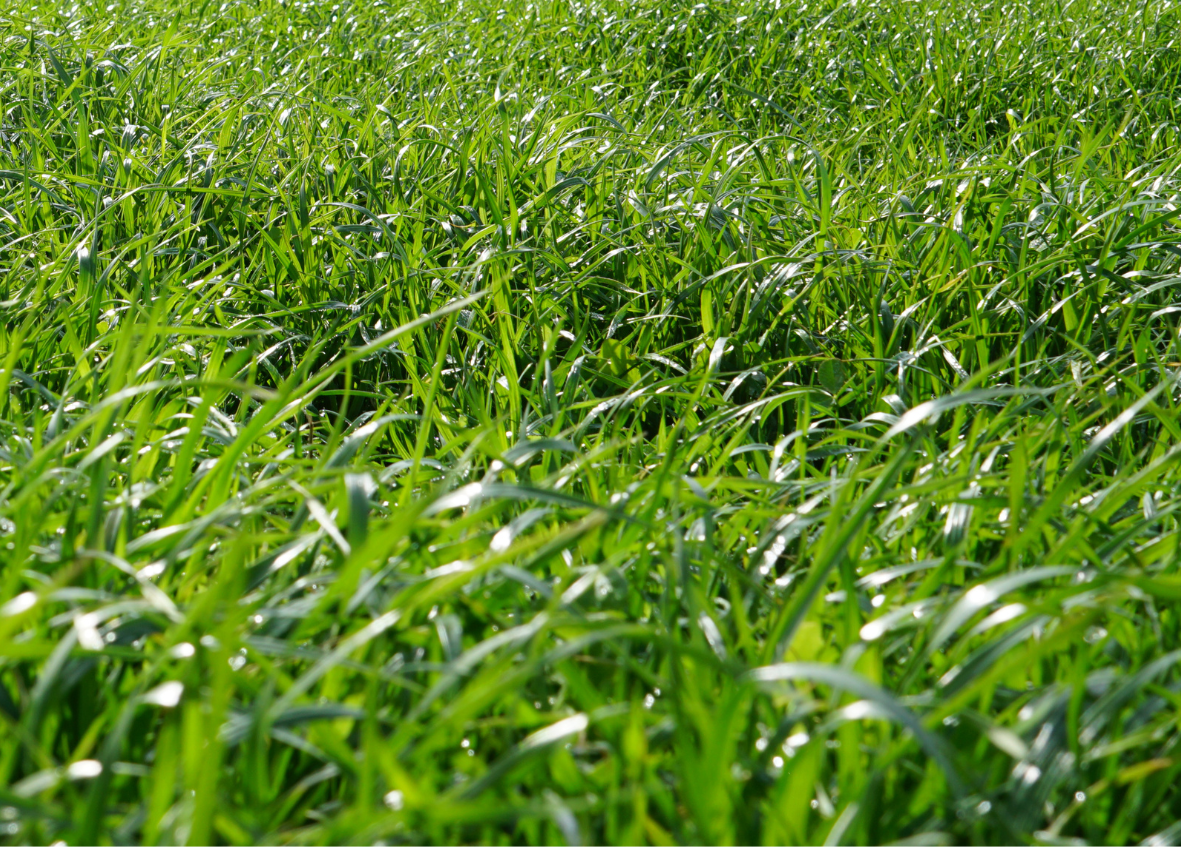Cleve, SA
Site type:
Pastures Demonstration Site
Established: 2023-current
- Single pasture species
- Multispecies pasture
The Cleve Pastures Demonstration Site is a collaboration between AlfaGen Seeds and one of our valued customers, designed to showcase a variety of pasture options for local growers on the Eyre Peninsula of South Australia. Featuring both single species and multispecies options, the site provides valuable insights into the performance and adaptability of these species in the local environment.
Our team of experts has carefully selected each variety to highlight its unique characteristics and benefits for production in the area, such as increased greenness in the bale, improved forage quality and winter production, and higher quality feed. With a focus on optimizing yields, improving profitability, and ensuring the sustainability of operations, the Cleve Pastures Demonstration Site is a valuable resource for farmers looking to make informed decisions about their pasture production.
Latest Trial Site Updates
Discover the latest news from our trial and demonstration sites across Australia.
Latest Trial Data
Research, development, and extension activities are a significant focus at AlfaGen Seeds. Growers can access historical and current
trial research information and data on a wide range of topics to assist in decision making, planning, and implementing new management practices.
-
Grazing Tolerant Lucerne Selection Trial
The Grazing Tolerant Lucerne Selection Trial conducted by AlfaGen Seeds focused on evaluating the grazing tolerance of new lucerne material.
-
Lucerne Feed Quality Trial
The Lucerne Feed Quality Trial was conducted with the aim of assessing the standing forage quality of various commercial lucerne varieties as two-year-old stands.
-
L70 Lucerne v Aurora Comparison Trial
The AlfaGen L70 Lucerne vs Aurora trial aimed to compare the performance and attributes of L70 Lucerne and Aurora, two varieties of lucerne forage crops.
-
Lucerne Live Weight Gain Trial 2014
Throughout the duration of the trial, all varieties were exposed to the same environmental conditions and assessed equally by being grazed simultaneously by three grazing groups of steers; one group on each variety at any time.
